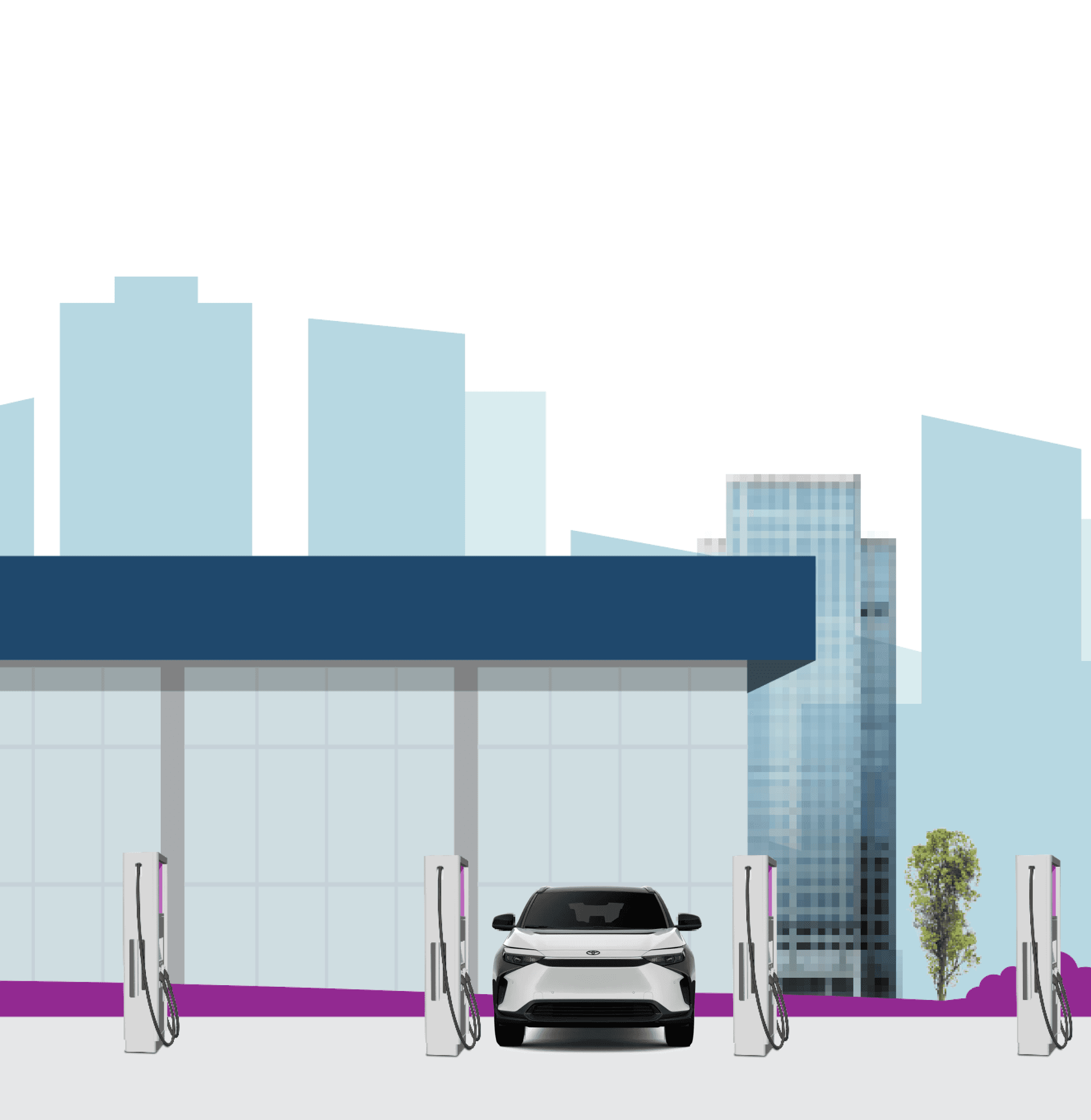The Way Forward is Electric
Learn how electric vehicles can fit your lifestyle and budget.
The Rise of EVs
You’ve seen them on highways, in carpool lanes, at school pickup, in your neighborhood, at grocery store chargers, and zipping through city streets — electric vehicles (EVs) are everywhere!
As more drivers discover the benefits of EVs, demand has surged and so have the options.
With more models than ever, there are fun new or used EVs to fit nearly every lifestyle and budget.
Costs
How much does it cost to drive electric?
Many new EVs are already cost-competitive with new gas cars, and EVs can save you money in the long run.
Driving an EV can save you up to $10,000 over the average lifespan of the car, putting more money in your pocket each month. ¹
EV drivers can save over $2,000 a year on gas alone² - that adds up to about $166 saved each month.
Check out our tools to assist you in your decision making.
EVs require roughly 100 fewer parts and have lower maintenance costs than gas cars.³ Fewer moving parts mean fewer trips to the mechanic.
And more money in your pocket.
Range
How many miles can I go on one charge?
Most EVs today offer 250–400+ miles of range on a full charge.⁴
The average U.S. driver travels less than 40 miles per day* — meaning today's EVs meet everyday driving needs.
Unlike gas vehicles, the majority of charging for EVs can be done right at home or while you are at work.
Simple as charging your smartphone.
With smart trip planning and more charging stations available, range anxiety is becoming a thing of the past.
Charging
Where would I charge an EV?
Forget gas stations. Most EV drivers charge at home, overnight.
Just plug into a regular household outlet (Level 1) or use a faster 240V charger (Level 2) to add around 25 miles of range per hour. For longer trips, public fast chargers add 20–25 miles in about 10 minutes.⁵
Public charging is everywhere. Thousands of charging stations are available at grocery stores, gyms, hotels, and more.
Use apps to find nearby chargers and check availability in real time.
More employers now offer charging at the office, so you can plug in during the workday.
Incentives
What incentives are available for new and used EVs?
There are many different types of incentives available from state governments, your local utilities, your county, city - or even air quality districts. EV incentives can make driving electric more affordable for everyone. Take a look and start saving today.
Applied at purchase or during tax filing
For New and Used EVs
Lower electricity rates and installation support
Trade-in offers for older vehicles
Including priority parking access and free charging at hotels & shops
















